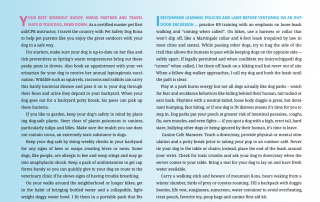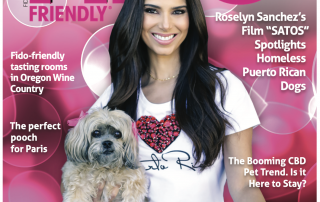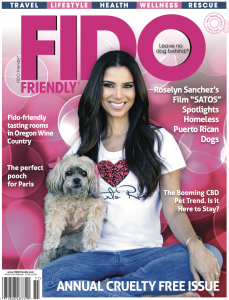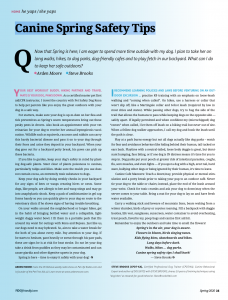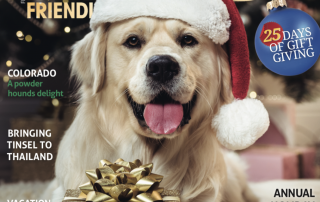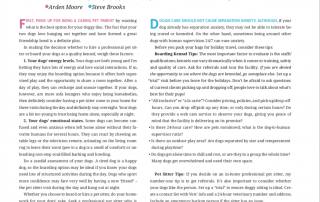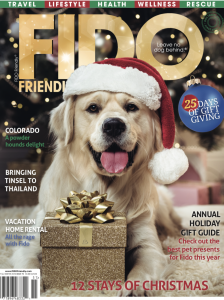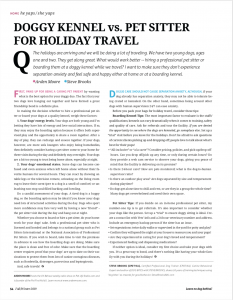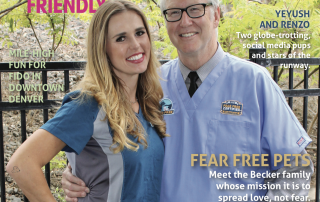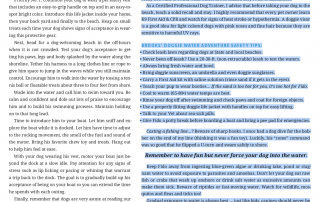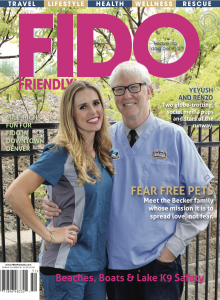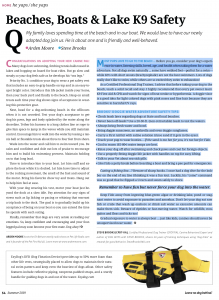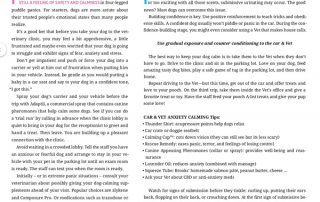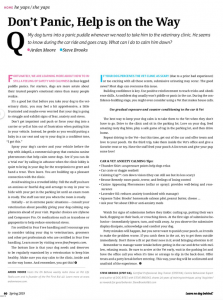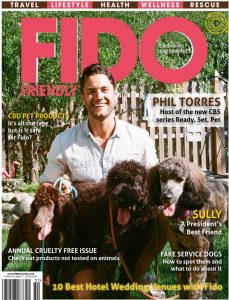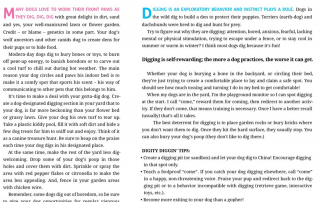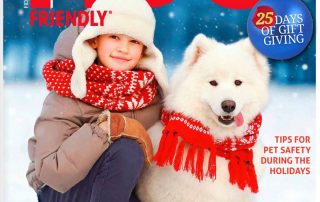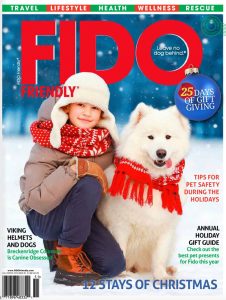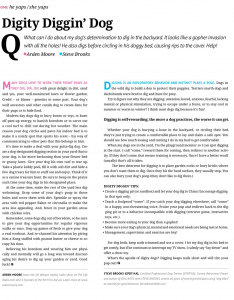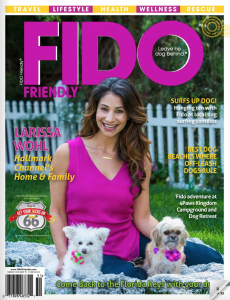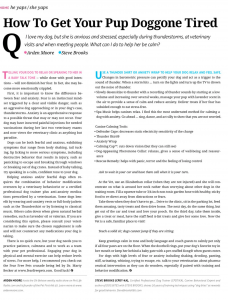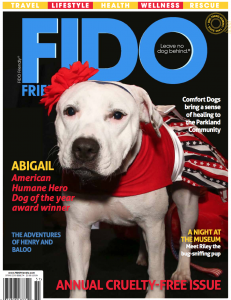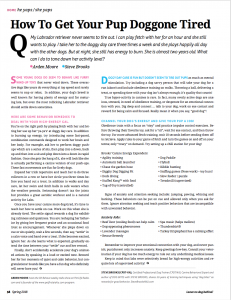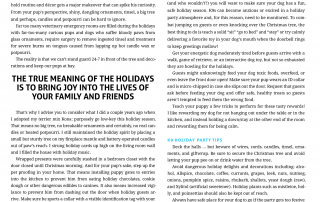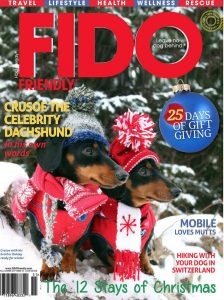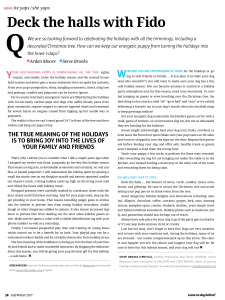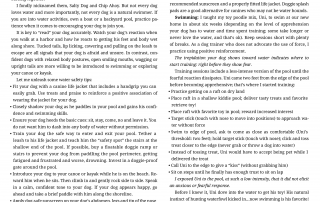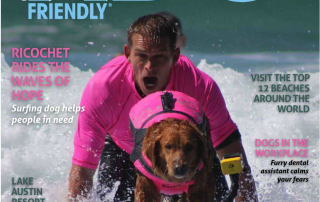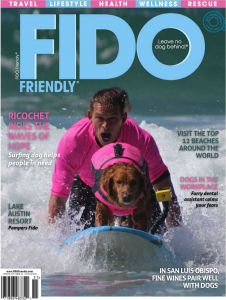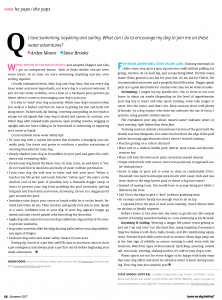Q: We are so looking forward to celebrating the holidays with all the trimmings, including a decorated Christmas tree. How can we keep our energetic puppy from turning the holidays into the howl-i-days?
Whether you are entertaining at home for the holidays or going to visit friends or family … if you plan to include your dog (and who wouldn’t?) you will want to make sure your dog has a fun, safe holiday season. K9s can become anxious or excited in a holiday party atmosphere and, for this reason, need to be monitored. To combat jumping on guests or even knocking over the Christmas tree, the best thing to do is teach a solid “sit” “go to bed” and “stay” or try calmly delivering a favorite toy in your dog’s mouth when the doorbell rings to keep greetings mellow!
Get your energetic dog moderately tired before guests arrive with a walk, game of retrieve, or an interactive dog toy, but not so exhausted they are howling for the holidays.
Guests might unknowingly feed your dog toxic foods, overfeed, or even leave the front door open! Make sure your pup wears an ID collar and is microchipped in case she slips out the door. Request that guests ask before feeding your dog and offer safe, healthy treats so guests aren’t tempted to feed them the wrong food.
Teach your puppy a few tricks to perform for these tasty rewards! I like rewarding my dog for not hanging out under the table or in the kitchen, and instead holding a down/stay at the other end of the room and rewarding them for being calm.
K9 HOLIDAY PARTY TIPS
Deck the halls … but beware of wires, cords, candles, tinsel, ornaments, and giftwrap. Be sure to secure the Christmas tree and avoid letting your pup pee on or drink water from the tree.
Avoid dangerous holiday delights and decorations including: alcohol, Allspice, chocolate, coffee, currants, grapes, leek, nuts, nutmeg, onions, pumpkin spice, raisins, rhubarb, shallots, yeast dough (raw), and Xylitol (artificial sweetener). Holiday plants such as mistletoe, holly, and poinsettias should also be kept out of reach.
Always have safe place for your dog to go if the party gets too festive or if your pup looks anxious, tired or cranky.
Last but not least, don’t forget to have fun! Dogs are very sensitive and in tune with your emotions and, during the holidays, many of us are stressed – our canine companions pick up on that stress. The calmer and happier you are, the calmer and happier your dog will be. Be sure to have fun this holiday season, and your dog will too!

